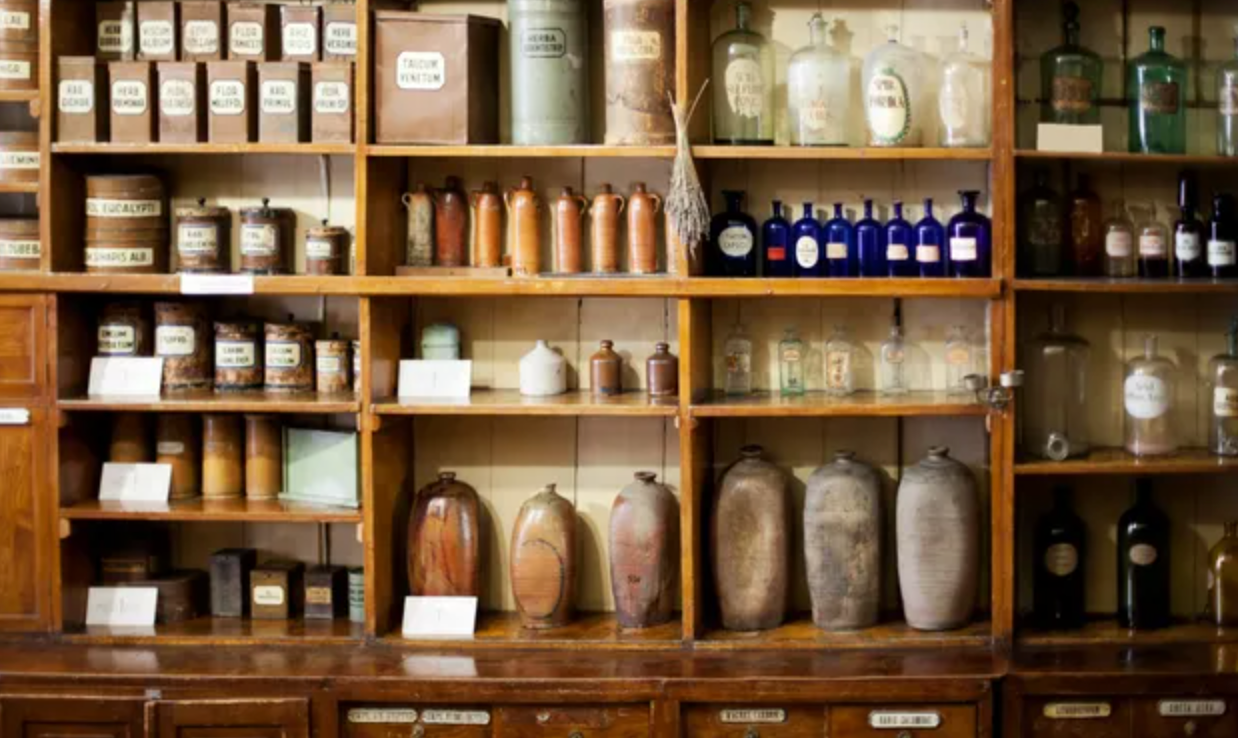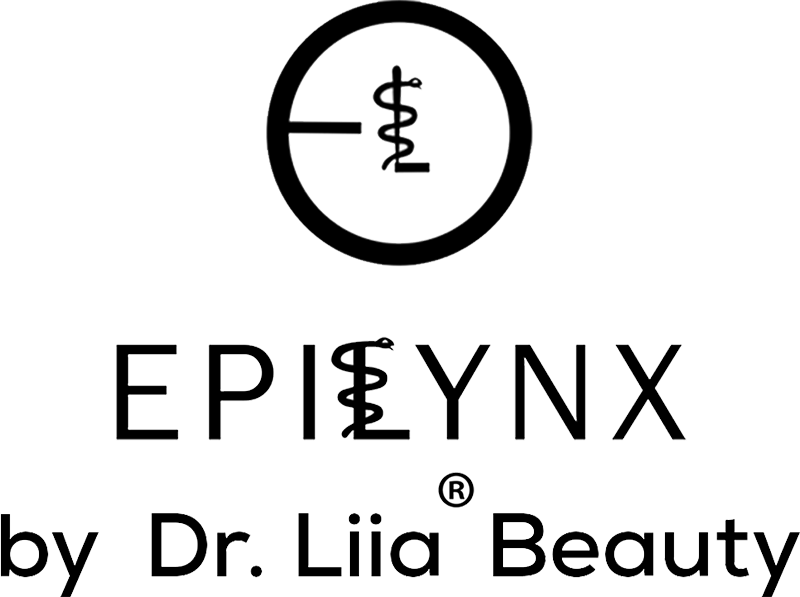
Cosmetics Labeling Guide
Ever wondered if the makeup is regulated by the FDA or if the labels need to have specific things in them? Here is how FDA looks at it!
Cosmetics Labeling Guide
The Cosmetics Labeling Guide provides step-by-step help with cosmetic labeling, with examples and answers to questions manufacturers often ask about labeling requirements under U.S. laws and related regulations.
On this page:
- Laws Regulating Cosmetic Labeling
- Legal Definitions of Terms
- Principal Display Panel
- Placement of Information on Labels
- Prominence and Conspicuousness
- Language
- Type Size
- Identity Labeling
- Name and Place of Business
- Net Quantity of Contents Declaration
- Warning Statements
-
Ingredient Labeling
- Prominence
- Ingredient Identification
- Order of Declaration
- Fragrances and Flavors
- Trade Secret Ingredients
- Petitioning for Trade Secrecy
- Drug Ingredients
- Color Additives Added for Color Matching
- Incidental Ingredients
- Dissimilar Product Assortments
- Similar Product Assortments
- Branded Shade Lines
- Direct Mail Cosmetics
- Off-Package Ingredient Labeling
Federal Food, Drug, and Cosmetic Act of 1938, as amended
To protect consumers from unsafe or deceptively labeled or packaged products by prohibiting the movement in interstate commerce of adulterated or misbranded food, drugs, devices, and cosmetics.
21 U.S.C. 321-392
The cosmetics marketed in the United States, whether they are manufactured here or are imported from abroad, must comply with the labeling requirements of the Federal Food, Drug, and Cosmetic (FD&C) Act, the Fair Packaging and Labeling (FP&L) Act, and the regulations published by the Food and Drug Administration under the Authority of these two laws.
The FD&C Act was enacted by Congress to protect consumers from unsafe or deceptively labeled or packaged products by prohibiting the movement in interstate commerce of adulterated or misbranded food, drug devices and cosmetics.
Fair Packaging and Labeling Act
To ensure that packages and their labels provide consumers with accurate information about the quantity of contents and facilitate value comparisons.
15 U.S.C. 1451-1460
The FP&L Act was passed by Congress to ensure that packages and their labels provide consumers with accurate information about the quantity of contents and facilitate value comparisons.
Federal Food, Drug, and Cosmetic Act
The FD&C Act prohibits the marketing of cosmetics that are adulterated or misbranded as well as their adulteration or misbranding while in interstate commerce.
Sec. 301, FD&C Act
The FD&C Act prohibits the marketing of cosmetics that are adulterated or misbranded as well as their adulteration or misbranding while in interstate commerce.
A cosmetic is considered misbranded if.....
- labeling is false or misleading
-
label does not state
- the name and address of the manufacturer, packer, or distributor
- the net quantity of contents
- the required information is not stated prominently, with conspicuousness and in terms that it is read and understood by consumers under customary conditions of purchase and use
- the container or its fill is misleading
Sec. 602, FD&C Act
Sec. 602 of the FD&C Act defines the conditions which cause a cosmetic to be deemed misbranded.
Factors Determining Whether Labeling Is Misleading
- Representations made or suggested
-
Failure to reveal material facts:
- Material in light of such representations
- Material with respect to consequences resulting from the intended use
Sec. 201(n), FD&C Act
21 CFR 1.21
Labeling may be considered misleading not only because a label statement is deceptive but also because a material fact is not revealed on a label.
A fact may be material in light of a statement made on a label or because certain consequences may result from the recommended use of a product.
A cosmetic is a product, except soap, intended to be applied to the human body for cleansing, beautifying, promoting attractiveness, or altering the appearance.
Sec. 201(i) FD&C Act
As defined in section 201(i) of the FD&C Act, a cosmetic is a product, except soap, intended to be applied to the human body for cleansing, beautifying, promoting attractiveness or altering the appearance.
In short, one may say that a cosmetic is a product intended to exert a physical, and not a physiological, effect on the human body.
The raw materials used as ingredients of cosmetic products are by law also cosmetics.
In section 701.20 of Title 21 of the Code of Federal Regulations [21 CFR 701.20], the Food and Drug Administration (FDA) defines the term "soap" as a product in which the non-volatile portion consists principally of an alkali salt of fatty acids, i.e., the traditional composition of soap; the product is labeled as soap; and the label statements refer only to cleansing. If cosmetic claims, e.g., moisturizing, deodorizing, skin softening etc., are made on a label, the product is a cosmetic. Synthetic detergent bars are also considered cosmetics, although they may be labeled as "soap."
"Intended use" within the meaning of the FD&C Act is determined from its label or labeling.
Senate Report No. 493
73d Cong. 2d Sess. (1934)
U.S. Courts of Appeals Decisions
According to Senate Report No. 493 and court decisions, the term "intended" in the legal definition of the term "cosmetic" or in other definitions means, with respect to the use of a product, its directed or prescribed use as determined from the statements made on a product's label or labeling.
The courts, in deciding whether a product is a "cosmetic", a "drug", or both a "drug" and a "cosmetic", have relied principally on the consumer's perception of the meaning of a label statement and less so on the interpretation of the meaning of a label statement by the labeler or a regulatory agency.
When is a cosmetic also a drug?
A cosmetic is also a drug when it is intended to cleanse, beautify or promote attractiveness as well as treat or prevent disease or otherwise affect the structure or any function of the human body.
Sec. 201(g) and (i), FD&C Act
Sec. 509, FD&C Act
A cosmetic is legally also a drug if it is intended to exert a physical as well as a physiological effect because the FD&C Act defines in section 201(g) the term "drug" to mean, among other things, "articles intended for use in the ... cure, mitigation, treatment, or prevention of disease ... and ... articles ... intended to affect the structure or any function of the body ..."
Section 509 of the FD&C Act provides that the categories of "drug" and "cosmetic" are not mutually exclusive.
What is a consumer commodity?
A product customarily distributed for retail sale for use by consumers or for the performance of services at home and usually consumed during such use.
Sec. 10(a), FP&L Act.
A cosmetic is legally also a drug if it is intended to exert a physical as well as a physiological effect because the FD&C Act defines in section 201(g) the term "drug" to mean, among other things, "articles intended for use in the ... cure, mitigation, treatment, or prevention of disease ... and ... articles ... intended to affect the structure or any function of the body ..."
Section 509 of the FD&C Act provides that the categories of "drug" and "cosmetic" are not mutually exclusive.
Package
A container or wrapping, other than a shipping container or wrapping, in which a consumer commodity is delivered or displayed to retail purchasers.
Sec. 10(b), FP&L Act
21 CFR 1.20
The term package is defined in the Fair Packaging and Labeling Act [sec. 10(b)] and the Code of Federal Regulations [21 CFR 1.20].
Essentially, the "package" is the outer container of a product as, for example, a box or folding carton. However, the "package" can also be the immediate container, e.g., bottle, jar or aerosol can that holds the product if the immediate container is not displayed in a box or folding carton.
Label
A written, printed or graphic display of information...
- on the container of a cosmetic
Sec. 201(k), FD&C Act.
- affixed to or appearing on a package containing a consumer commodity
Sec. 10(c), FP&L Act
21 CFR 1.3(b)
The term "label" is defined in the FD&C Act and the FP&L Act. The definitions differ in that under the FD&C Act definition a label is "a display of written, printed or graphic matter upon the immediate container," and under the FP&L Act definition "written, printed or graphic matter affixed to any consumer commodity or affixed to or appearing upon a package containing any consumer commodity."
One may say that the term "label" applies in the first instance to the information appearing directly on the immediate container and in the second instance to information attached to the immediate container and directly on or attached to the outer container if so packaged.
The FD&C Act, however, requires in sec 201(k) that any information required to appear on the label of the immediate container shall also appear on the outside container of the retail package or is legible through the outside container.
Labeling
All labels and other written, printed or graphic material on or accompanying a product in interstate commerce or held for sale
Sec. 201(m), FD&C Act
21 CFR 1.3(a)
The FD&C Act defines in sec. 201(m) "labeling" to mean "all labels and other written, printed or graphic matter on or accompanying such article."
This includes labels, inserts, risers, display packs, leaflets, promotional literature or any other written or printed information distributed with a product.
The part of a label that the consumer sees or examines when displayed for retail sale
Sec. 10(t), FP&L Act
21 CFR 701.10
A label may consist of more than one panel. It may consist of a front panel, side panels and a back panel. Back and side panels are generally called information panels.
The FP&L Act also defines for consumer commodities, or packages containing a consumer commodity, the term "principal display panel," otherwise known for short as PDP.
The "principal display panel" is that part of a panel that is most likely to be shown or examined under customary conditions of display for retail sale. Usually, it is the front panel of the label of the outer package.
EPILYNX SKINCARE TIP: Make sure you read the label. If something is not clear, always go to the manufacturer and ask questions. They should always be able to answer! If not, do not buy from them :).
References and Images:
https://www.fda.gov/cosmetics/cosmetics-labeling-regulations/cosmetics-labeling-guide


